Optimal Timing for Waterproofing Projects
Proper timing for waterproofing projects is essential to ensure durability and effectiveness. Weather conditions, temperature, and humidity levels significantly influence the success of waterproofing applications. Typically, the optimal period is during mild, dry weather to allow materials to cure properly and adhere effectively.
Spring offers moderate temperatures and lower humidity, making it an ideal time for waterproofing projects. It reduces the risk of rain interference and allows materials to set properly.
Summer provides warm weather, but high humidity and sudden rainstorms can pose challenges. Proper planning ensures waterproofing is completed during dry spells.
Fall presents cooler temperatures and less humidity, creating favorable conditions. It is often preferred for projects requiring longer curing times.
Winter is generally unsuitable due to freezing temperatures and increased moisture. Waterproofing during this period can lead to poor adhesion and ineffective results.
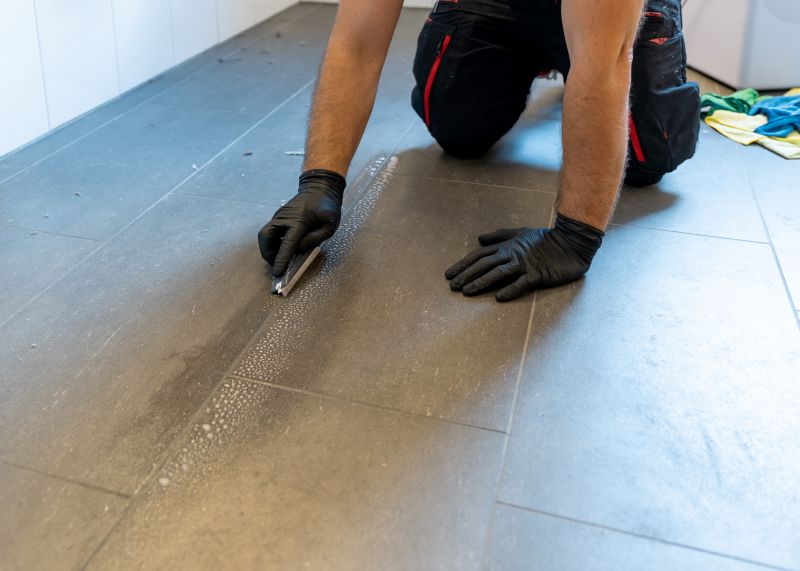
Ways to make Waterproofings work in tight or awkward layouts.

Popular materials for Waterproofings and why they hold up over time.
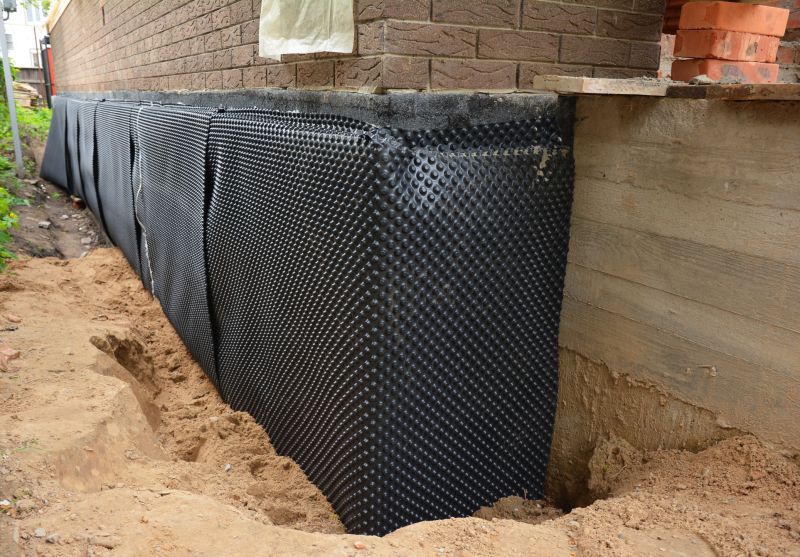
Simple add-ons that improve Waterproofings without blowing the budget.
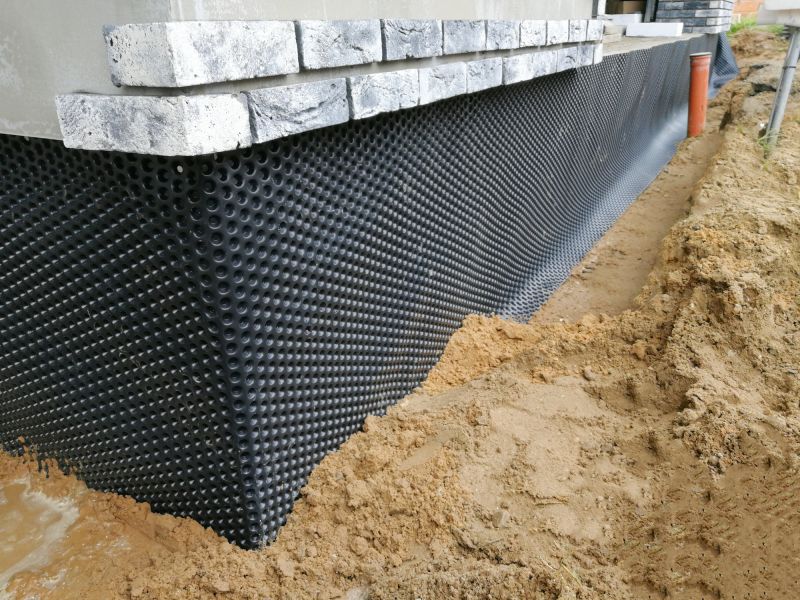
High-end options that actually feel worth it for Waterproofings.
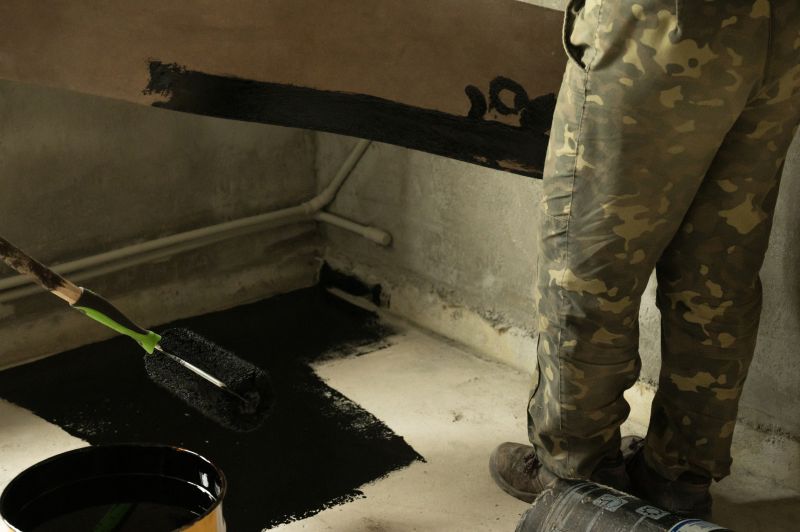
Finishes and colors that play nicely with Waterproofings.
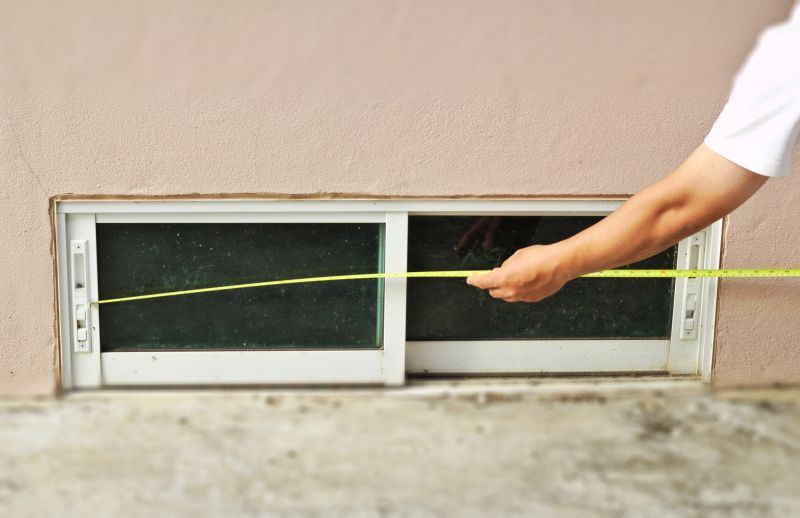
Little measurements that prevent headaches on Waterproofings day.
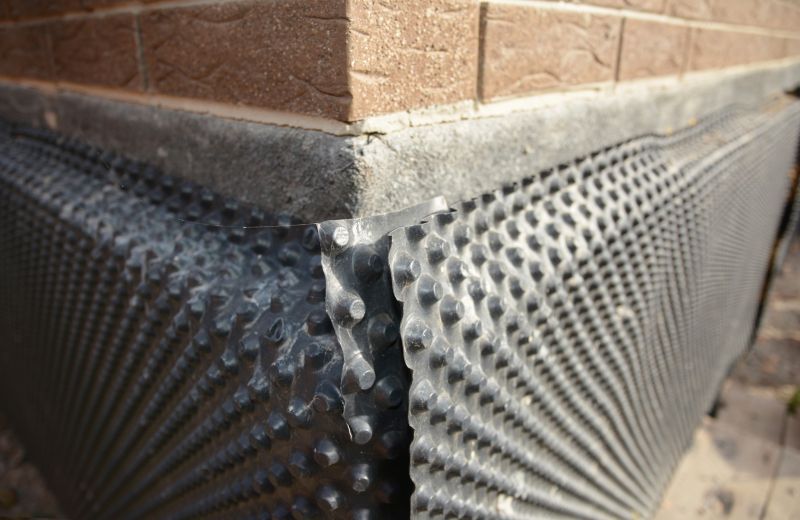
A 60-second routine that keeps Waterproofings looking new.
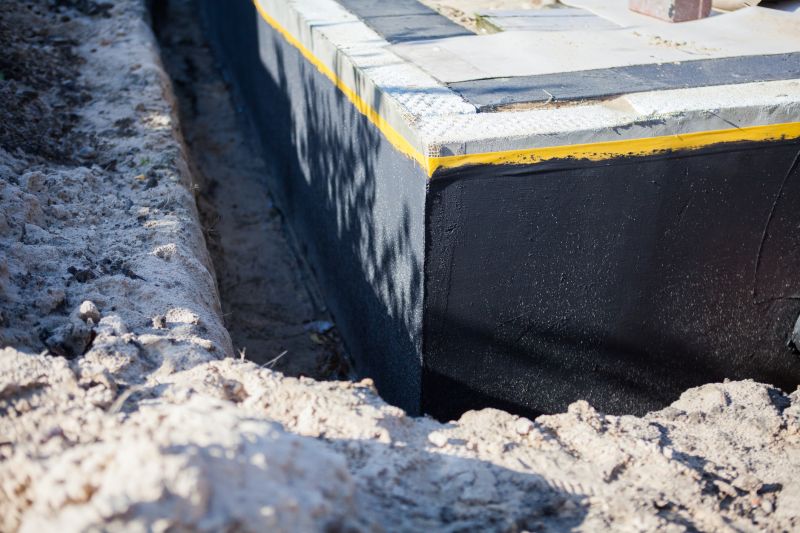
A frequent mistake in Waterproofings and how to dodge it.
Waterproofing is a vital component in protecting structures from water intrusion, which can cause significant damage over time. Effective waterproofing prevents leaks, reduces maintenance costs, and extends the lifespan of buildings. It involves applying specialized materials to surfaces such as foundations, roofs, and walls to create a barrier against moisture penetration.
Statistics indicate that improper waterproofing can lead to structural damage costing thousands of dollars in repairs. Properly timed waterproofing projects ensure optimal adhesion and curing, resulting in long-lasting protection. The choice of waterproofing material and application method depends on the specific environmental conditions and the type of structure involved.
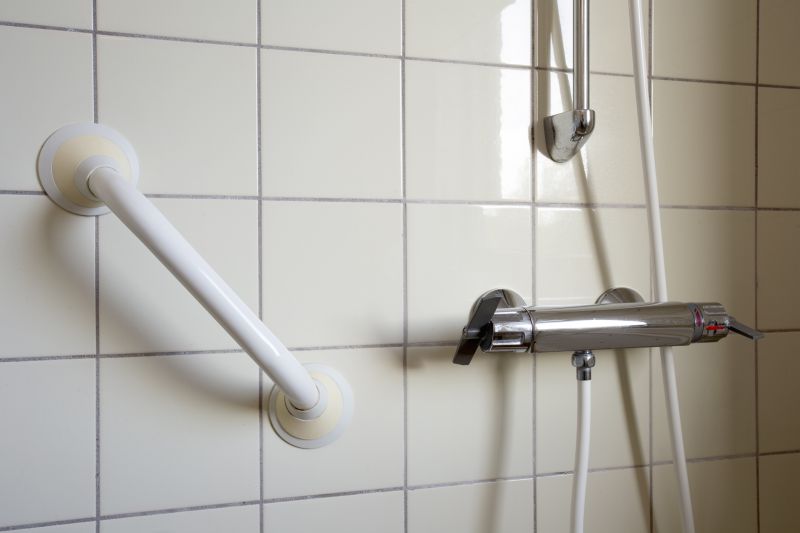
Small tweaks to make Waterproofings safer and easier to use.
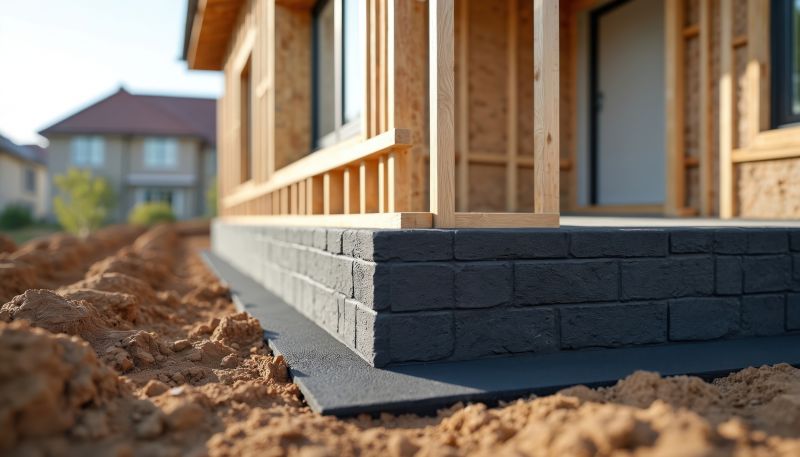
Lower-waste or water-saving choices for Waterproofings.
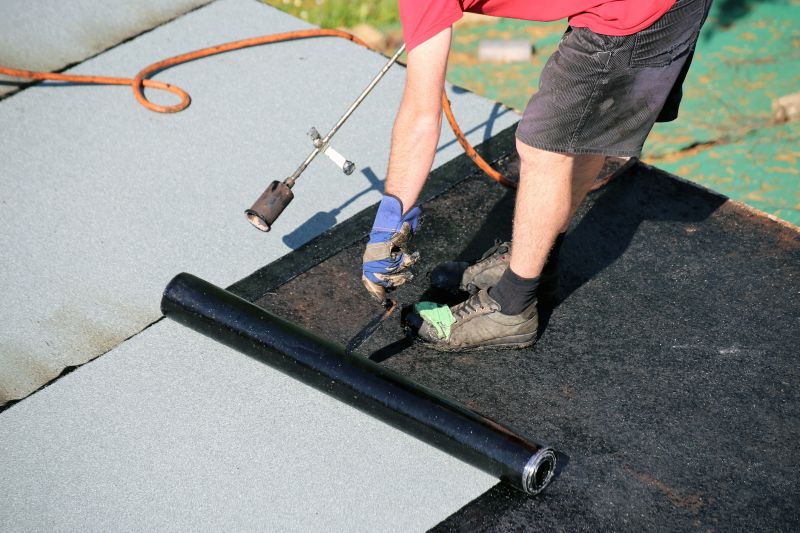
The short, realistic tool list for quality Waterproofings.
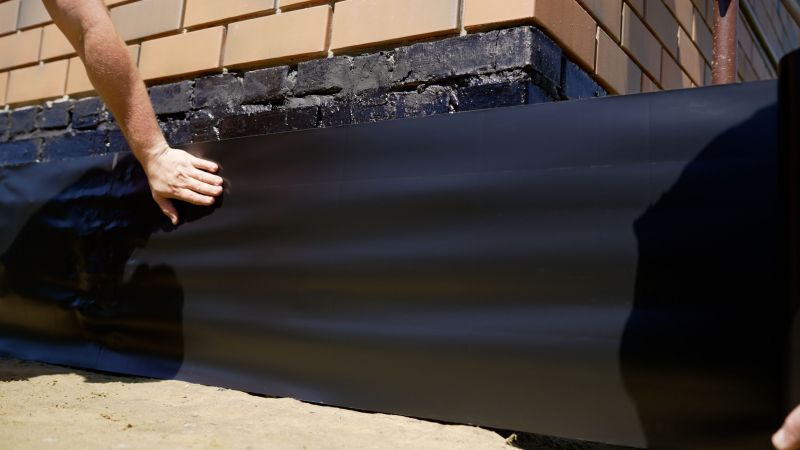
Rough timing from prep to clean-up for Waterproofings.
For those interested in waterproofing services, contacting a professional ensures the correct timing and application techniques. Proper scheduling aligned with weather conditions maximizes the effectiveness of waterproofing projects, providing long-term protection against water damage.



